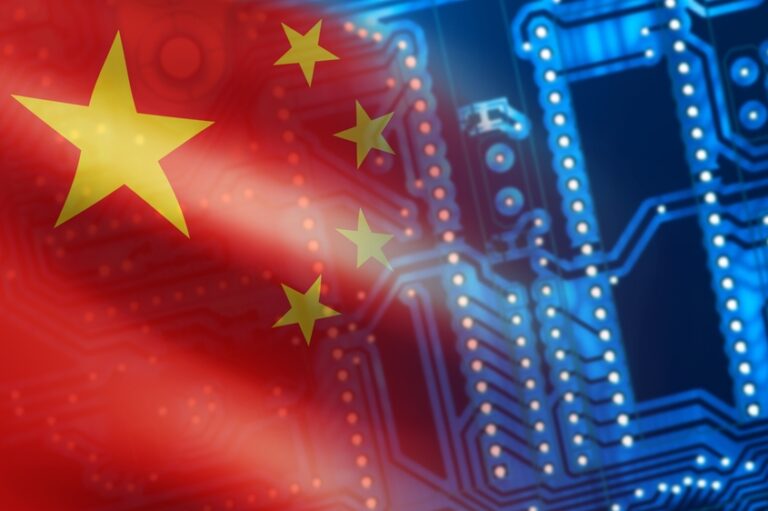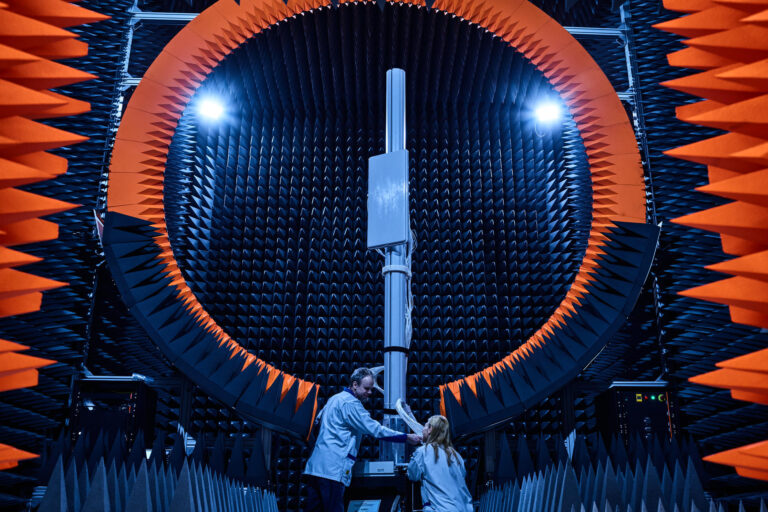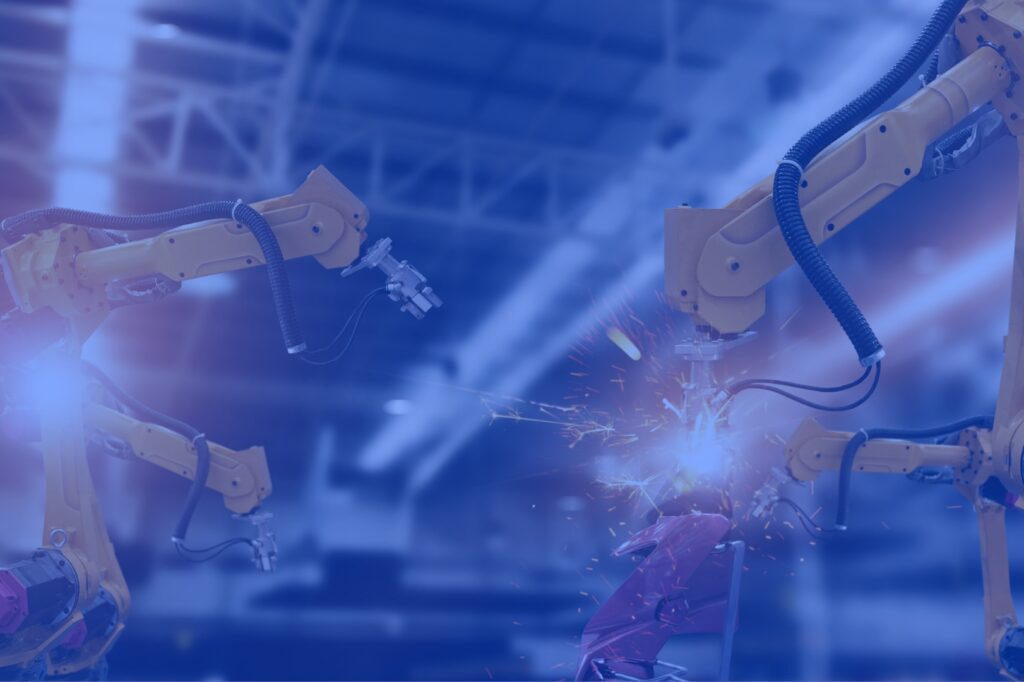
World Wide Technology has extensive experience in implementing large-scale IoT (Internet of Things) systems for industrial companies. Dave Locke, CTO EMEA, and Paul Robinson, Management Consultant – Digital Transformation, answer Digital Bulletin’s questions on a range of related topics.
First of all, can you give us some background on your respective roles and responsibilities at World Wide Technology?
Dave Locke: I’m currently the EMEA CTO for World Wide Technology, and I’m responsible for our go-to-market across four core areas: everything to do with modernising infrastructure; security transformation; multi-cloud and digital strategy.
Within those four areas, there are a number of different solutions and offerings that we help our customers with. Everything to do with IoT (Internet of Things), analytics, AI (artificial intelligence) etc. falls under the digital strategy area. We have people assigned and aligned into those different areas, from pre-sales and consulting to delivery capabilities and we’re working with a number of customers in different verticals and segments.
In terms of my background, I’ve been in data centres and infrastructure, both as a customer originally, then within various vendors and now within a solutions provider.
Paul Robinson: I’m a management consultant in World Wide Technology’s digital transformation group. My background and experience is 15 years in technical consultancy, and like Dave I’ve worked across customers and vendors. I support the customer as a trusted advisor at the technology and the business layers, trying to really help them understand what they’re trying to achieve and define that into strategic business application solutions.
Why you think World Wide Technology stands out in the technology service provider space, and what kind of specialisms does it have, especially around IoT?
DL: We’ve always had very deep relationships with all the major technology manufacturers. That gives us access to a huge amount of technology options in terms of services, solutions, software, hardware, and working with customers we are looking to understand what the true business outcome is that they’re looking to achieve. Typically, it’s a form of cost reduction or revenue generation, or helping them go-to-market with their own services or products.
We follow a methodology that looks at where the clients want to get to, in terms of that outcome, and what are the parts and pieces that they would require. We use a combination of our technology knowledge and our ability to test and prove those solutions in something we have internally – our ‘Advanced Technology Center’. This centre allows customers to bring their ideas and workloads through, and we can test them with them, using our expertise to get them to a decision point quickly.
On IoT specifically, it comes down to having long-term relationships with the IoT providers. It could be on the industrial side, with companies like Rockwell or GE Digital, or on the more traditional network side with providers like Cisco, which is one of our key relationships in terms of everything they have on their edge devices and the connectivity to get that information from the edge into the data centre, and then even out into the cloud for analytics.
PR: In the industrial space, what we find is that with the IT and the OT players is that they struggle to really understand what they’re trying to achieve. They speak in different languages, they have different terms and they have different needs and wants.
From a business perspective, what’s important for the manufacturing plants, or the manufacturing owners, is around uptime and yield, rather than in IT, where their focus is more around innovation and data. What we find is that we can be the glue; the marriage counsellor, as we sometimes like to call it, between those two organisations. We can help them translate the language and ensure that what they’re looking to achieve from a technology perspective is actually going to really impact the business at the industrial level.
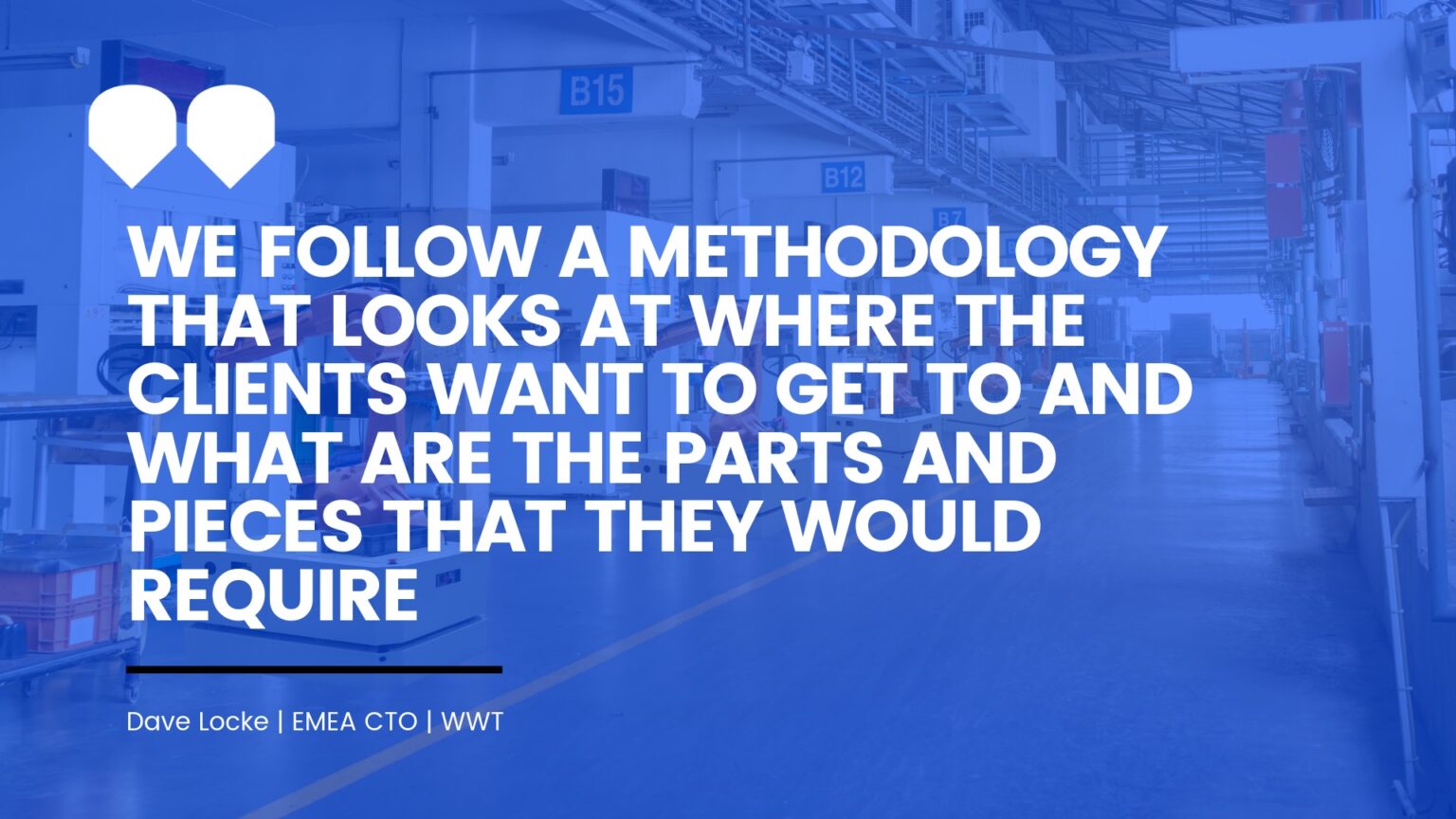
Do you think those customers are edging towards a much better understanding of what industrial IoT could offer?
PR: I think they are. The key here is how it impacts their day-to-day lives. A lot of the operational technology specialists in the manufacturing sector are not big technologists. They understand their part of the world, which is around keeping the manufacturing plant running smoothly.
It’s more around the education and its business impact. That’s one of the areas with which the IT teams struggle; being able to map that back to their language and being able to talk about how it’s going to impact the yield or impact the downtime at the plant. It’s really about mapping it back to those business needs.
Do you have specific ways that you go about getting that message across?
PR: How we do that is something that I’ve been involved with, particularly recently, and it’s about going to those manufacturing plants. Either we go with technology leadership from the customers, or we go as representation of the technology leadership of the customer.
We sit down and we do a mixture of ideation sessions – where we map and understand what their key challenges are at the moment, from a plant perspective – and then we do one-to-one interviews with the key people on site to really get that viewpoint from the business side.
In terms of the industrial IoT technology itself, who are the main providers that you rely on to help your customers in that field?
PR: There are two areas that you can look at from my side. Naturally we look at it from an infrastructure perspective, and this leads on to an interesting conversation around convergence between IT and OT. The old world has always been around physical separation of environments, so it’s about dealing with key hardware vendors in that space – companies like Cisco.
Just as important, however, is the security play. One of the biggest fears and concerns at the moment is the impact of cyberattacks within industrial plants. Obviously, when you’re talking around the manufacturing and industrial space, this could not only have a financial impact on a business but it could also have an impact on human life. It’s very much dealing with a comprehensive security overlay as well, and for that we deal with companies like Fortinet, Palo Alto and again Cisco. Once we get down to the industrial layer, it’s about dealing with companies like Rockwell and Siemens.
What do you believe are the primary benefits of an effective IoT system in industry?
DL: Paul mentioned the security side and that’s a must at all levels, but if you’re looking at increasing productivity or increasing quality control to then bring down costs for the manufacturer, it’s linked more to the skills of the people working in those environments. There’s a known skills shortage and it’s only going to get worse as people retire out over the next few years. They take knowledge with them.
A lot of the reasoning behind doing industrial IoT is to help bridge that skills gap. If you can convert somebody’s experience into an algorithm that can sense how to tune the set-up, and then the AI and analytics can be done against those activities. This helps you diminish that gap, or reduce your costs in terms of the overheads.
Additionally, a plant manager will be paid on quality and the fault rate of the materials coming out of their area. For them, this is the key reason why they want to have the AI and analytics systems that come with industrial IoT, as it improves their throughput and their overall performance.
PR: One other thing to add is around predictive maintenance. You see that, within a lot of manufacturing companies, there is still very much a manual approach to maintenance of the machinery and the production lines. The opportunity to have that connected and actually perform predictive maintenance, rather than having to shut the line down or perform manual checks, is vital.
I’ve had conversations with customers who are taking it a step further too, by also connecting that back into 3D printers. This enables them to print elements of the manufacturing line where required, so you’re less reliant on holding spares and waiting for parts or elements delivered to sites where necessary.
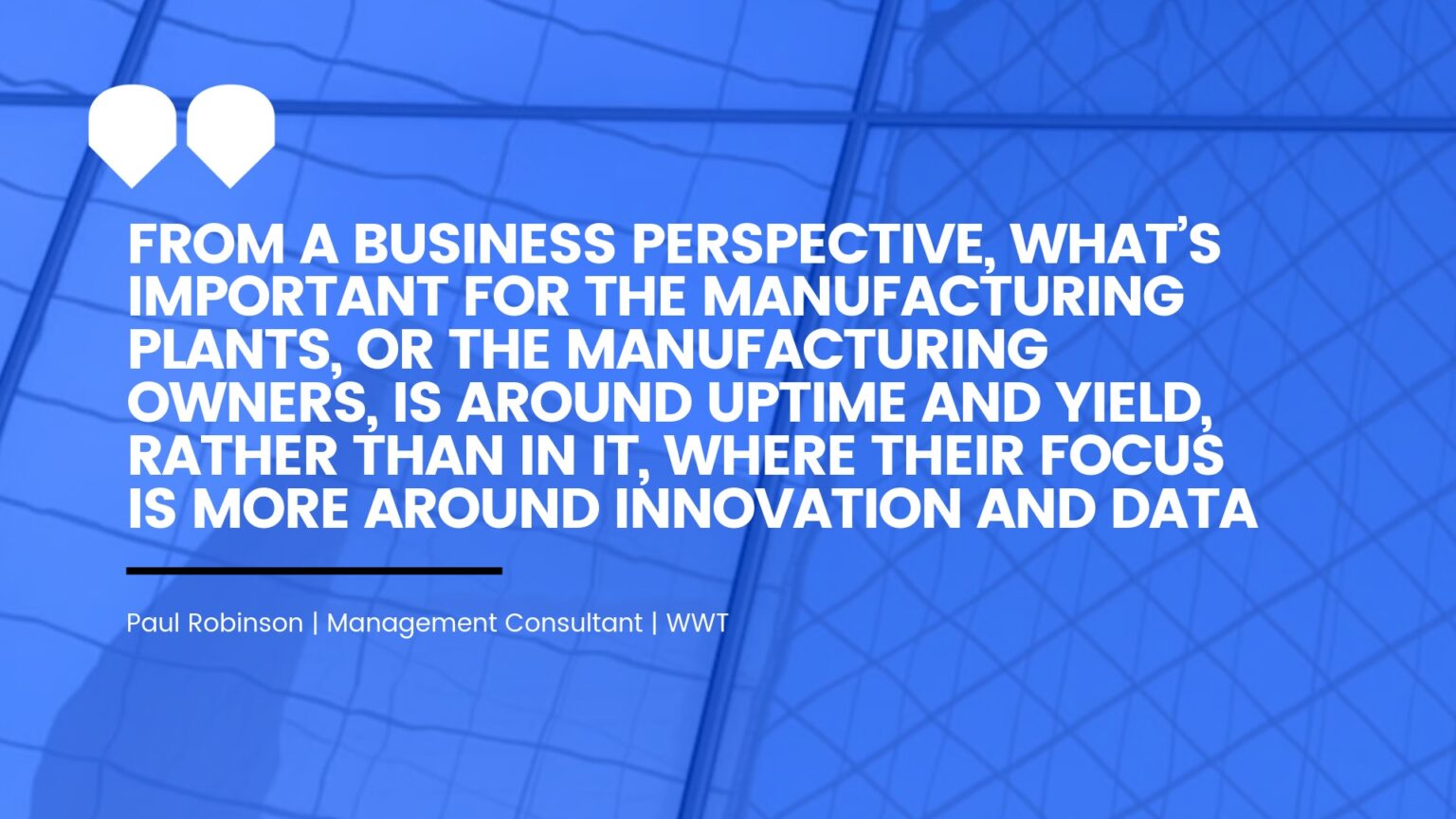
What about the technology itself? You’ve mentioned AI and the role it plays, for example. How much more can this technology develop in the field of industrial IoT?
DL: It’s an interesting question. I was talking to Schneider Electric, which provides a lot of the hardened platforms for installing equipment, especially at the edge, for these types of environments. Their view is that there’s going to be a huge upturn in the number of devices that will be deployed. In the short-term, it’s going to be about connectivity and having everything talking, which is why the security piece is so critical. It’s vital to get that right now, because doing that in retrospect is going to be hard and almost too late.
Beyond that, it’s about what you do with the data. People will start asking questions of it and finding out insights about things that they never thought they’d get insights about.
PR: I think what’s going to be the interesting part is that businesses aren’t even at phase one yet; they’re in a position where they’re getting to connect all the sensors, all the valves, all the information related to the plant. Once they get that data, it’s about what the decisions are that they should make and how can the data be used to make more accurate decisions.
WWT advocates what it calls a holistic approach to integrating IoT – can you explain in more detail what is meant by that?
DL: If you look at it from an overall reference architecture, our holistic approach goes from everything from the device itself and your edge connectivity, through to the connectivity to push that into your data centre. It’s then about pushing it into the cloud, and being able to apply an analytics platform on top of it and it’s also about being able to provide a consulting services advisory to then get insights from the data. That’s the holistic approach of being able to see the whole process end-to-end, with technology partners at each stage.
Our ability to sit in the middle of all those relationships, and have all those partnerships, to then provide an overall solution to the customer, sees us become the full aggregator of the outcome.
How do companies unlock the financial clout to implement IoT systems?
PR: We’re not seeing customers have concerns with budgets at the moment, around the IoT space. That’s because if they can link it back to the business benefits, then they can justify it. Also, one of the key points is around the cybersecurity angle again. The value of connecting up the manufacturing plants will very quickly diminish if this is not properly secured. That is why businesses are ensuring that they have an incredibly robust security mechanism around the connected space, because of the wider impact this can have on the business.
From a budget perspective, the business recognises the value that these digital technologies can provide while having a very robust, end-to-end security footprint. This has meant that the budgets have been freed up because of the importance it has on the overarching business.
DL: I would agree and say that it’s about proof of improvement. If you can raise quality by 1% in terms of the material coming out of the factory, then there is a value to that in terms of whatever they’re selling those items for. Likewise, if you can secure it and avoid an outage that takes the plant offline for a day; they will have acute knowledge of the cost of that downtime.
As long as what they’re spending is less than either of those two points, they’re going to go for it because they want to improve production and they want to improve downtime. Those are their key metrics.
